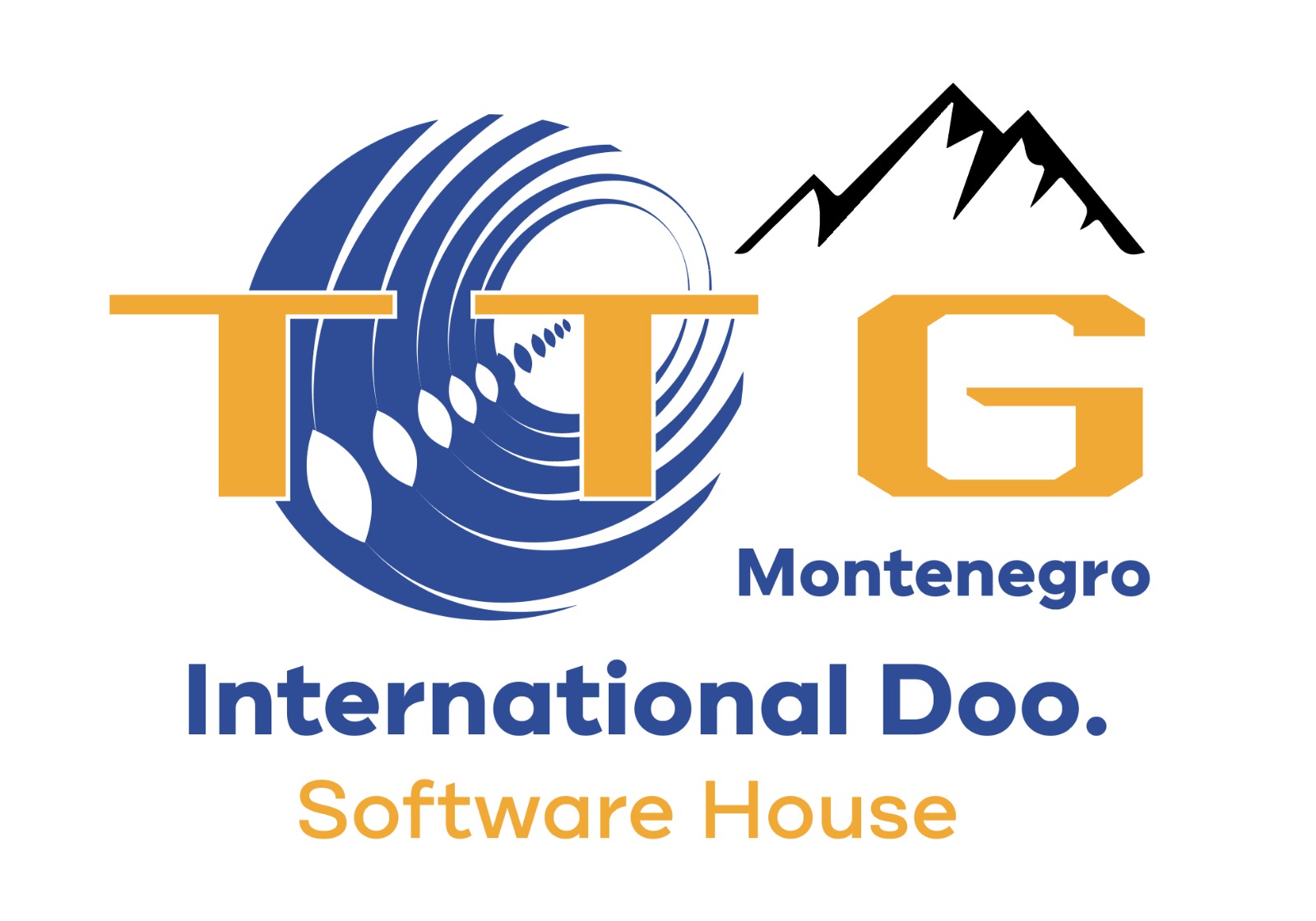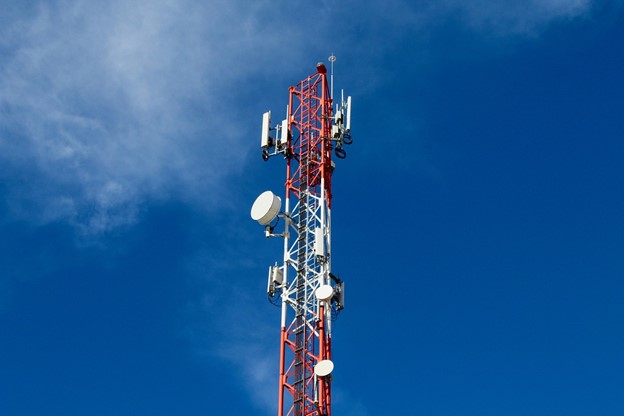Introduction
As mobile networks continue to evolve, the need for accurate and reliable performance measurements becomes increasingly important. One such performance measurement is the Packet Delay for 5G New Radio (5G NR) networks, which can be used to evaluate the quality of service (QoS) for different deployment scenarios. In this blog post, we’ll take a closer look at some key performance measurements that are valid for all gNB (next-generation NodeB) deployment scenarios.
Packet Delay Measurements
Packet Delay is an important performance measurement for mobile networks, as it represents the time it takes for a packet to be transmitted over the air-interface in the downlink (DL) or uplink (UL) direction. Here are some of the key performance measurements related to Packet Delay for gNB deployment scenarios:
- Average Delay DL Air-Interface: This measurement provides the average time it takes for packet transmission over the air-interface in the downlink direction. The measurement is calculated per Public Land Mobile Network (PLMN) ID, Quality of Service (QoS) level, and Supported Single Network Slice Selection Assistance Information (S-NSSAI). This measurement is obtained as a sum of the time it takes for the last part of an RLC SDU packet to be sent to the UE and the time when the corresponding RLC SDU part arrives at the MAC layer, divided by the total number of RLC SDUs transmitted to the UE successfully.
- Distribution of Delay DL Air-Interface: This measurement provides the distribution of the time it takes for packet transmission over the air-interface in the downlink direction. The measurement is calculated per PLMN ID, QoS level, and supported S-NSSAI. This measurement is obtained by calculating the DL delay for an RLC SDU packet and incrementing the corresponding bin with the delay range where the result falls into by 1 for the counters.
- Average Delay UL on Over-the-Air Interface: This measurement provides the average over-the-air packet delay on the uplink. The measurement is calculated per PLMN ID, QoS level, and supported S-NSSAI. This measurement is obtained according to the definition in TS 38.314 and is named “Average over-the-air interface packet delay in the UL per DRB per UE”.
- Average RLC Packet Delay in the UL: This measurement provides the average RLC packet delay on the uplink, i.e., the delay within the gNB-DU. The measurement is calculated per PLMN ID, QoS level, and supported S-NSSAI. This measurement is obtained according to the definition in TS 38.314 and is named “Average RLC packet delay in the UL per DRB per UE”.
Each of these measurements is a real or integer value representing the mean delay in 0.1 milliseconds. The number of measurements is equal to the number of PLMNs multiplied by the number of QoS levels or multiplied by the number of supported S-NSSAIs.
Conclusion
In conclusion, these key performance measurements related to Packet Delay can provide valuable insights into the quality of service for different gNB deployment scenarios. By monitoring these measurements, mobile network operators can identify areas of high traffic volume and optimize network resources to ensure high-quality service for their customers.


